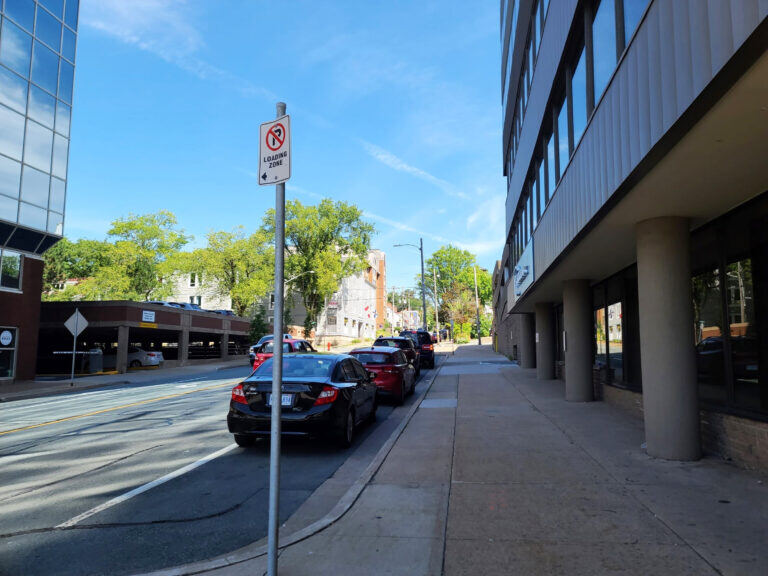In today’s rapidly evolving urban landscape, cities face mounting pressure to optimize parking management and curbside operations. Outdated technology, fragmented data, and manual workflows create significant operational inefficiencies, leading to lost revenue, increased congestion, and a frustrating experience for both city staff and the public.
The Challenge: Inefficient Parking Technology and Fragmented Data
Many cities still rely on inefficient parking systems and siloed data sources, which create a host of operational challenges:
- Disconnected Systems: Payment, occupancy, and enforcement data are often stored in separate platforms, making it difficult for finance, operations, and planning teams to collaborate effectively.
- Manual Workflows: Without automation, enforcement officers and administrative staff waste valuable time on repetitive tasks, leading to inefficiencies and missed revenue opportunities.
- Curbside Chaos: Lack of real-time visibility results in double parking, delivery trucks blocking lanes, and increased congestion, all of which negatively impact traffic flow and accessibility.
- Incomplete or Outdated Data: Decisions are often made based on anecdotal evidence or old reports, making it hard to plan for equity, accessibility, or even basic traffic management.
These challenges are not just operational headaches, they have real consequences for city budgets, resident satisfaction, and the overall effectiveness of curbside management.
Fortunately, cities don’t have to overhaul everything at once to see improvement. By taking practical, data-driven steps, municipalities can start overcoming these inefficiencies right away.

How Can Cities Use Technology and Data to Overcome Operational Inefficiencies?
- Start with the Data You Already Have
Most cities already collect valuable parking data such as payment records, enforcement logs, or occupancy counts. The first step is to clean, unify, and make this data usable. Even weekly or monthly data extracts can power predictive models, optimize enforcement routes, and inform curbside pricing strategies.
By consolidating existing data sources into a single, accessible platform, cities gain a clearer view of parking patterns, revenue streams, and compliance trends. This foundational step enables smarter decision-making and sets the stage for more advanced analytics down the road.
- Modernize Workflows as You Modernize Infrastructure
Modernizing parking technology isn’t just about hardware upgrades, it’s also about rethinking workflows to maximize efficiency. This can improve areas such as notice logic, automate debt referral processing, and optimize enforcement routing can deliver immediate operational gains. For example, digital notice delivery and automated citation processing reduce administrative burdens and speed up collections.
As investment in new infrastructure such as smart meters, license plate recognition (LPR), or mobile payment solutions ensures that workflows are updated to take full advantage of these tools. Streamlined processes not only save time and money but also improve the experience for both staff and the public.
- Use Data Science to Guide Operations
Data science is transforming the parking industry by enabling cities to move from reactive management to proactive, data-driven strategies. Predictive models can identify high-value enforcement shifts, chronic violators, low-compliance corridors, or failing assets. This allows cities to deploy resources where they’ll have the greatest impact, reducing revenue leakage and improving compliance.
Advanced analytics also support dynamic pricing, demand forecasting, and asset allocation, ensuring that curbside space is used efficiently and equitably. By harnessing the power of data science, cities can continuously refine their operations and adapt to changing mobility needs.
- Embrace Iteration for Continuous Improvement
The most successful cities don’t wait for a massive technology overhaul to see results. They implement changes, measure the impact, and refine their approach over time. This iterative mindset allows for continuous improvement, compounding small gains into significant operational lift.
For example, after introducing a new enforcement route or pricing strategy, use data to assess its effectiveness. Adjust as needed and repeat the process. Over time, these incremental improvements lead to more efficient operations, higher compliance, and better outcomes for residents and visitors.
By building on each success, cities can transform their approach to parking and curbside management, unlocking a host of valuable benefits.

Benefits of Modernizing Parking Technology and Data
Cities that invest in modern parking management systems and data-driven strategies can expect a wide range of benefits:
- Higher Compliance and Revenue: Targeted enforcement and dynamic pricing reduce revenue leakage and increase compliance rates.
- Lower Operational Costs: Automation and analytics streamline workflows, allowing staff to focus on high-value activities
- Reduced Congestion and Emissions: Real-time guidance and optimized enforcement reduce unnecessary circling and double parking, improving traffic flow and air quality.
- Improved Public Trust: Transparent, data-driven decision-making builds confidence among residents and stakeholders.
- Enhanced Customer Experience: Digital tools and clear curbside management make parking easier and more convenient for everyone.
- Long-term cost savings: Cities will no longer rely on large hardware investments or manual administrative processes. Asset-light, data-science-enabled programs are cheaper to operate and easier to scale.
- Alignment with safety and mobility goals: As models blend crash, congestion, transit, and violation data to direct staff time where it produces the greatest public benefit.
These benefits not only improve day-to-day operations but also support long-term goals for sustainability, equity, and urban mobility.
How Trellint Can Help
Trellint is a leader in parking technology and curbside management solutions. Our platform is designed to help cities overcome operational inefficiencies and unlock the full potential of their parking assets:
- Integrate Data Streams: Unify payment, occupancy, and enforcement data for real-time visibility and smarter decision-making.
- Leverage Data Science: Use predictive models and automation to optimize enforcement, collections, and curbside allocation.
- Start with Existing Resources: Make the most of your current data and infrastructure, supporting incremental improvements and rapid wins.
- Enhance Equity and Transparency: Access tools for equity analysis, transparent reporting, and customer-friendly digital services.
By partnering with Trellint, cities can move from reactive management to proactive, data-driven strategies—delivering better outcomes for staff, residents, and visitors alike.
Ready to modernize your city’s parking and curbside management? Contact Trellint today to learn how our solutions can help you overcome operational inefficiencies and build a smarter, more sustainable future.





